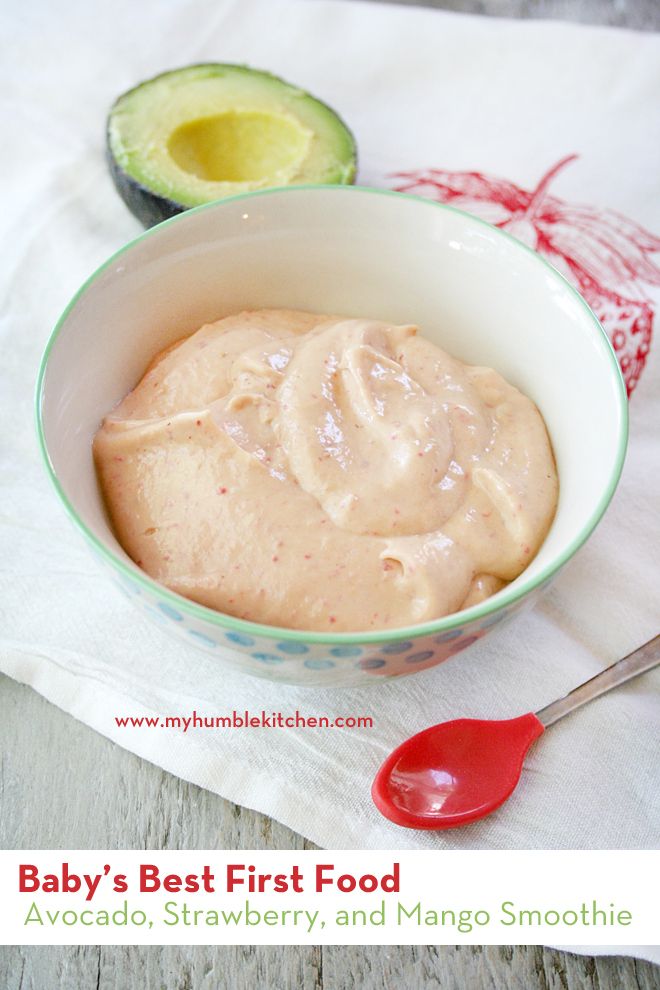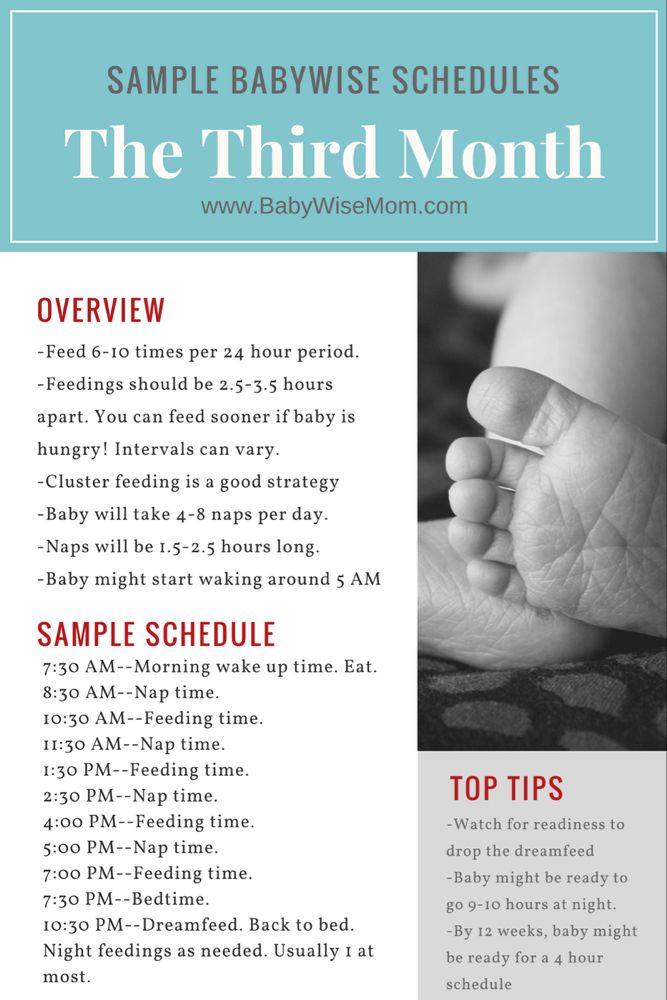Ragi food recipes for babies
Ragi porridge for babies | How to make ragi for babies, toddlers
Ragi porridge for babies, how to make ragi for babies, toddlers – ragi porridge or ragi malt or ragi kanji is nutritious and provides a good dose of nutrients when consumed regularly. It strengthens the bones, tooth and improves the overall health. To know more about this wonder grain, You can check this detailed post on ragi or finger millet. Known as kanji, java, sari, malt, ragi porridge is made slightly different in different regions.
This post is all about feeding ragi to babies. Each baby is different, so firstly you need a lot of patience to try and find out what works for your baby.
The first 6 months a baby needs to be breastfed exclusively to gain best weight, health and immunity. You can introduce ragi after 6 months.
Here are the tips on how to introduce ragi to babies.
1. Consult your pediatrician: Firstly consult your doctor to find out if you can introduce ragi to your baby. Most doctors in South India suggest ragi as a first food since it is gluten free and is a least allergenic grain like oats.
But care must be taken not to contaminate the ragi flour with flours having gluten in them like wheat or barley. Such contamination may lead to allergy, rashes, colic, diarrhea or upset tummy in babies.
To reduce such risks, homemade flour is best. If sprouted ragi flour cannot be made, soaking the grains overnight and then drying, roasting and powdering them is also fine.
2. Follow the 3 day wait rule. When you introduce ragi, do not introduce any other new food for the next 3 to 4 days. This helps to analyse well whether it is suitable to your baby or not.
If you find any rashes, indigestion, consistent hiccups, restlessness, colic or diarrhea stop the porridge immediately and seek doctor’s help.
Do not be intimidated, most babies do well with ragi if proper care is taken while preparing flour and making porridge.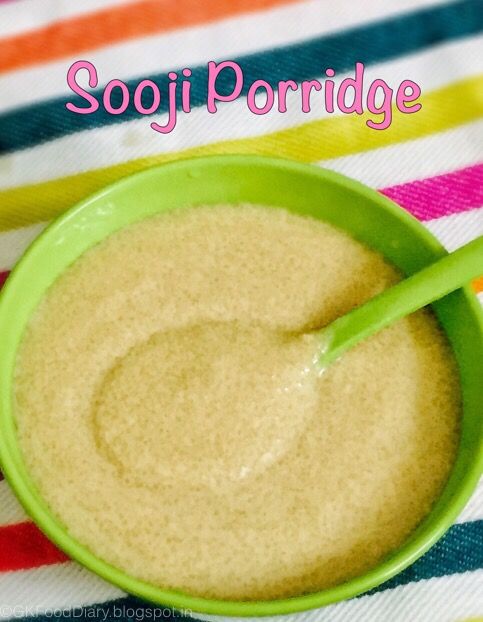
3. For babies under 8 months, porridge must be made either from extracted ragi milk or must be made from homemade flour that is sieved through a muslin cloth. Otherwise the baby may not be able to swallow the porridge.
4. Doctors usually recommend cooking ragi with milk or cooking with water and then adding formula milk to bring it down to the consistency. But I was told by my doctor that it is best to serve ragi alone without milk or curd.
Since milk hinders the absorption of iron in ragi. Further to increase the absorption of iron, fruits rich in vitamin C like apple or pear can also be added to ragi (but without milk).
This was one of the wonderful idea that was shared with me by a doctor. Since many years, I make apple ragi for myself and my 4 year old.
The porridge you see in the first 2 pictures in this post is made without milk. I also sometimes make ragi porridge with milk if my kid has missed his milk on the previous day.
You can check this detailed post on homemade sprouted ragi flour.
Please consult doctor before you try this. – after 6 months
Method 1
1. Wash and soak ragi for at least 8 to 10 hours. While soaking they can be refrigerated or water needs to be changed a couple of times to prevent odor.
2. Drain off and blend them in a blender jar with little water. Add water as needed.
3. Place a cloth over a colander and keep a container under it to collect milk.
4. Pour the blended mixture to the cloth and then squeeze off to extract milk. You can repeat blending and then filter once more.
5. Cook this milk on a low flame till the mixture thickens as needed. If using milk, cool it completely. Add formula powder to a cup and little water make the milk and add it to the ragi. Stir well.
6. Always serve warm. Warm foods are lighter on the tummy and digest well.
Method 2 – Some babies can barely swallow anything coarse. So it is a good idea to sieve the flour through a muslin cloth and then store in a jar. Use it as needed.
Use it as needed.
These pictures are only to show you how to make the porridge, do not gauge the quantity seen in the pictures. I have mentioned the quantity of ingredients in the recipe box below.
How to make ragi porridge for babies
1. Add 1 tsp of flour to a pot or pan. I used 3 tbsp flour with 1 cup of water, to make porridge enough for a 4 year old.
2. Pour ½ to ¾ cup of water. Break the lumps. If using jaggery, add it to the warm water, melt it. Filter to the pan.
3. Cook till it reaches a semi thick consistency.
4. Cool and then mix formula milk as needed.
porridge should be smooth without lumps and of a porridge consistency. As the baby grows you can make it to thick like halwa.
Ragi for babies above 10 monthsPlease consult your doctor if you can introduce almonds. Almonds are said to be seeds and not nuts so my pediatrician had suggested me to use after 10 months.
You can soak 2 to 3 almonds in water (room temperature) for 4 to 6 hours. Peel the skin and then blend them in a jar with little water and add to the porridge towards the end and cook for a while.
Peel the skin and then blend them in a jar with little water and add to the porridge towards the end and cook for a while.
Most readers ask me if they can use almond or walnut powder in ragi. But it is easy to digest for babies when the seeds & nuts are soaked and used.
Also soaking enhances the nutrition of almonds. Some babies digest almonds very well, for such babies as they grow you can just increase the quantity.
Can ragi be served when babies have cold?
Most doctors say “yes”. But my personal experience it increases phlegm and congestion.
Reason: Ragi is not an easily digestible food for babies. During cold one needs to eat light, ragi tends to be heavy to digest.
Any undigested food turns to phlegm and increases congestion. Plain rice porridge or apple rice porridge is best for babies during cold and congestion.
Reasons why ragi porridge may cause loose stools or diarrhea?During the 3 day wait rule, if your baby ends up having loose stools or diarrhea, the reasons could be one of these:
1. Using store bought flour which may have been contaminated by gluten from flours like wheat flour or barley or any other gluten containing grain. You need to investigate further to find out if your baby has an intolerance to gluten.
Using store bought flour which may have been contaminated by gluten from flours like wheat flour or barley or any other gluten containing grain. You need to investigate further to find out if your baby has an intolerance to gluten.
2. Under cooking ragi porridge could be another reason. Uncooked fibers may be the culprit.
3. Poor hygiene maintained while preparing and feeding the baby.
Does ragi constipate babies?
Not all babies get constipated eating ragi porridge. But yes, it may constipate some babies. Reason is very simple, fiber foods need more water to get digested well. Most often we don’t serve water to babies especially to younger than 6 to 8 months old, this leads to constipation.
Tips to prevent constipation
1. For 6 months old babies, prepare ragi porridge only from extracted milk or flour sieved through a thin muslin cloth. If your baby has the tendency to constipate often even without ragi, then until 8 to 10 months, use flour that is sieved through a cloth.
2. Include fruits like ripe banana, papaya in the diet which are extremely helpful to prevent and beat constipation.
3. To follow only after consulting doctor for 6 months old babies: Feeding a few tsp. Of luke warm drinking water (same temperature as we use for making the formula milk) after 30 minutes of serving porridge works good in preventing constipation for babies.
porridge for toddlers
You can cook the flour in cow’s milk or almond milk or add nut powder.
Most readers ask the quantity that can be served for their babies. It is very hard to mention what is the right quantity since all babies don’t and can’t eat the same quantity.
Iam giving the quantities that i used for my kids. They are just to provide you some idea as to how much you can attempt to feed.
Recipe of ragi porridge for babies
Prep Time2 minutes
Cook Time8 minutes
Total Time10 minutes
Servings1
AuthorSwasthi
- ▢ 1 tsp to tbsp ragi flour for 6 months babies
- ▢ 1 1/2 tbsp ragi flour for 8 months plus
- ▢ 2 tbsp ragi flour for 10 months plus
- ▢ 3 to 4 tbsp ragi flour for 1 year plus
- ▢ milk or formula milk as needed
- ▢ jaggery , organic or palm sugar as needed
- ▢
If you intend to use jaggery, add it to water.
 Stir until it melts off. Filter it to the pan.
Stir until it melts off. Filter it to the pan. - ▢
Stir in the flour. Break up the lumps.
- ▢
Cook on a medium to low flame until it thickens.
- ▢
Cool it completely.
- ▢
Add milk as needed to bring it to the consistency.
- ▢
Serve immediately.
Alternative quantities provided in the recipe card are for 1x only, original recipe.
For best results follow my detailed step-by-step photo instructions and tips above the recipe card.
Nutrition Facts
Ragi porridge for babies
Amount Per Serving
Calories 167 Calories from Fat 72
% Daily Value*
Fat 8g12%
Saturated Fat 4g25%
Cholesterol 24mg8%
Sodium 105mg5%
Potassium 322mg9%
Carbohydrates 15g5%
Sugar 12g13%
Protein 8g16%
Vitamin A 395IU8%
Calcium 276mg28%
Iron 0. 2mg1%
2mg1%
* Percent Daily Values are based on a 2000 calorie diet.
Tried this recipe?Mention @SwasthisRecipes or tag #swasthisrecipes!
© Swasthi’s Recipes
35 Ragi Recipes for Babies and Kids
Ask any Mom in India what she fed her baby during the weaning stage and you’re almost certain to hear Ragi featured in the list. That’s how popular this millet is, and it’s true for all generations of mothers! Ragi recipes are popular all over India, and many regional delicacies can be adapted by substituting ragi in the original recipe.
Nutritional Benefits of Ragi
35 Ragi Recipes for Babies and Kids
Baby Food
1. Ragi Porridge
2. Ragi Barnyard Millet Khichdi
3. Apple Ragi Halwa
4. Salted Ragi Kanji
5. Ragi Puttu
6. Ragi Banana Pancakes
Breakfast Recipes
7. Ragi Rava Upma
Ragi Rava Upma
8. Ragi Quinoa and Oats Idli
9. Ragi Dosa
10. Ragi Poori
11. Ragi, Wheat and Oat Waffles
12. Ragi Oats Bread
Lunchbox Recipes
13. Instant Ragi Carrot Dosa
14. Ragi Idiyappam
15. Ragi Uttappam
16. Ragi Roti
17. Ragi Kuzhi Paniyaram
18. Ragi Semiya Upma
Snacks Recipes
19. Ragi Muthiya
20. Ragi Murukku
21. Ragi Masala Twisters
22. Ragi Cookies
23. Ragi Oat Crackers
24. Ragi Broccoli Cutlets
Beverages
25. Sprouted Ragi Malt Drink
26. Chocolate Ragi Milkshake
27. Ragi Buttermilk
28. Ragi Badam Milk
Dessert Recipes
29. Ragi Flakes Kheer
30. Ragi Brownies
31. Ragi Chocolate Cake
32. Ragi Modak
33. Ragi Banana Cake
34.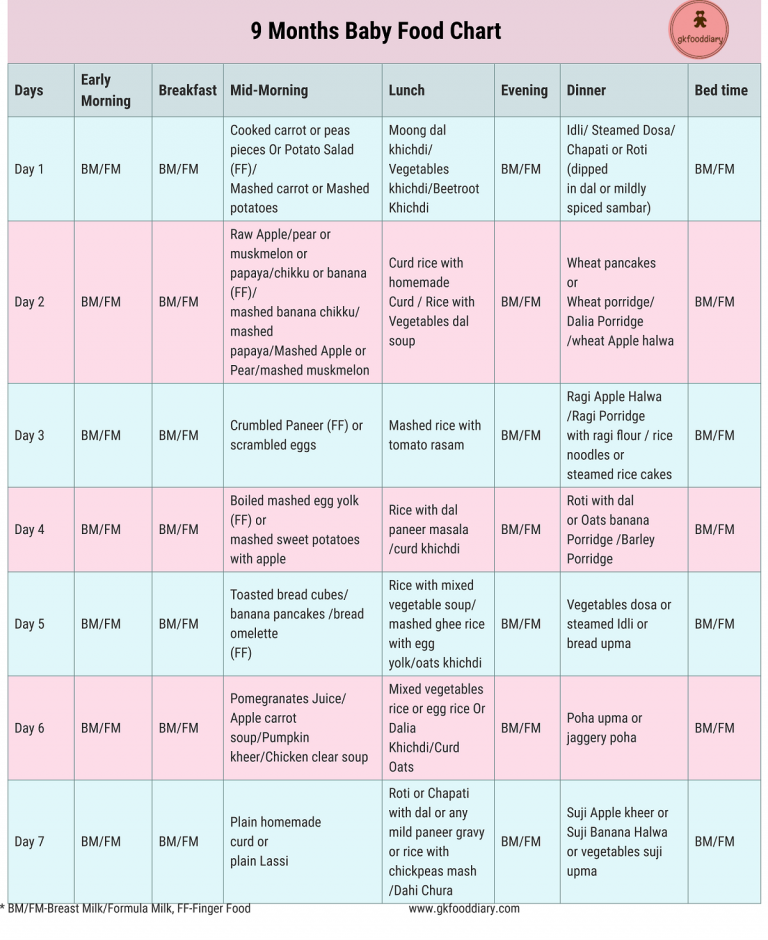 Ragi Dates Laddu
Ragi Dates Laddu
35. Ragi Coconut Burfi
If your baby has recently started on solids, you might also be wondering what kind of feeding chair is best for your baby. Check out our detailed post – High Chair Vs Booster Seat: Your Ultimate Guide to Buying a Feeding Chair.
Buy Healthy Nutritious Baby, Toddler food made by our own Doctor Mom !
Nutritional Benefits of Ragi
- Highest concentration of anti-oxidants and phenolic content among all other millets and grains
- Richest source of calcium and iron among plant foods
- Excellent food for growing children
- Builds strong bones
- Curbs excessive weight gain
- Maintains healthy cholesterol and blood sugar levels
Baby Food
1. Ragi Porridge
This is the most basic way to prepare ragi for weaning babies. If you’re just starting out on solids, this is an ideal recipe to see how your baby takes to ragi.
2. Ragi Barnyard Millet Khichdi
This is a lovely recipe from Archana’s Kitchen that uses an assortment of spices, making it perfect for winters! Skip the salt for babies under one year.
3. Apple Ragi Halwa
An apple a day keeps the doctor away, and when it’s eaten with ragi, the doctor will stay away too! As your baby grows older, adjust the texture of the grated apples to give him more chewing practice.
4. Salted Ragi Kanji
Kanji is a simple way to introduce babies to foods other than breast milk or formula, since it contains different kinds of textures and flavors. This salted ragi kanji from Raks Kitchen is ideal; just make sure you avoid the tempering and salt.
5. Ragi Puttu
This puttu recipe from G K Food Diary is an interesting variation of traditional ragi dishes to feed your baby. For babies under one year, skip the salt, replace the jaggery with mashed banana and use Dry Fruits Powder instead of whole dry fruits.
6. Ragi Banana Pancakes
When you’re looking for finger foods for baby, pancakes are your best bet. You can sweeten them naturally with mashed bananas, as in this recipe from G K Food Diary.
Breakfast Recipes
7. Ragi Rava Upma
Upma is such a versatile dish, you can make it with any ingredient available! This Ragi Rava Upma recipe from Yummy Tummy Aarthi looks delicious enough to have for breakfast, lunch and dinner!
8. Ragi Quinoa and Oats Idli
With quinoa, oats and ragi, your idlis can’t get any healthier than this! This multigrain idly recipe is from Spices and Aroma and looks super soft to the touch!
9. Ragi Dosa
Ragi dosas are surprisingly tasty, proof that even health foods can be yummy! Raks Kitchen has a simple instant recipe for ragi dosa that doesn’t require any soaking or fermenting.
10. Ragi Poori
Do you love pooris but feel guilty about eating them? With these healthy ragi pooris from Uma’s Kitchen Experiments, you don’t need to – enjoy them whole heartedly!
11.
 Ragi, Wheat and Oat Waffles
Ragi, Wheat and Oat WafflesIf you have a waffle iron, you absolutely must make these Ragi waffles! These waffles from Archana’s Kitchen are the perfect things for kids to wake up to on a lazy Sunday morning!
12. Ragi Oats Bread
If you’ve baked bread before, you might want to try out this Ragi oats bread recipe from Priya’s Versatile Kitchen. The result is not your fluffy maida bread, it’s got a more mealy nature and tastes very good on its own!
Lunchbox Recipes
13. Instant Ragi Carrot Dosa
While this recipe is a great option for the lunchbox, it is also one that works for the whole family can have! Just skip the salt for babies under one year and make sure the carrots don’t pose a choking hazard.
14. Ragi Idiyappam
Idiyappam is a popular breakfast dish in Kerala and is quite versatile – it can be had with anything, even plain coconut milk. Kannamma Cooks has transformed this dish by using ragi – just look at those beautiful brown swirls!
15.
 Ragi Uttappam
Ragi UttappamUttappams are a good way to get nutritious dals and veggies in a single dish. Well-made uttappams stay soft even in the lunchbox and this recipe from Priya’s Versatile Recipes is ideal.
16. Ragi Roti
Many people think that making rotis out of ragi flour will end up in hard, chewy rotis. But this recipe from Tamalapaku will give you soft, easily breakable rotis. The technique is slightly different, but worth it!
17. Ragi Kuzhi Paniyaram
One thing is sure, these fluffy paniyarams from Cook’s Hideout won’t stay in the lunchbox for long! They’re sure to disappear as soon as the lid is opened!
18. Ragi Semiya Upma
Semiya isn’t just good for kheer or payasam, it’s also good for upma! And when the semiya is made of ragi, it’s even better. Akila’s Kitchen shows you how to make this lunchbox classic – add vegetables to make it more balanced.
Snacks Recipes
19. Ragi Muthiya
Muthiyas are a better alternative when compared to deep fried pakodas, since they’re lighter and better for the cold season. There’s a lovely spicy recipe for ragi muthiya at Lite Bite that isn’t too spicy for kids.
There’s a lovely spicy recipe for ragi muthiya at Lite Bite that isn’t too spicy for kids.
20. Ragi Murukku
Jagged, crunchy murukkus are universally loved and they go so well with some chai and conversation! My Kitchen Odyssey has a recipe for picture perfect ragi murukkus that are asking to be made!
21. Ragi Masala Twisters
If you’d like a savory snack that’s not namkeen, you have to try these ragi masala twisters from Archana’s Kitchen. With lots of spices, we can imagine this being a hit with hot tea when it’s pouring outside!
22. Ragi Cookies
Which kid doesn’t love cookies? Make the most of this ‘cookie love’ by making healthy ragi cookies. This recipe is free from maida and baking soda.
23. Ragi Oat Crackers
When kids get tired of cookies, offer them these crunchy, savory crackers from Tarla Dalal. They’re so good, you’d better make a huge batch!
24. Ragi Broccoli Cutlets
When your kids are hungry but you don’t want to feed them anything heavy, cutlets are the perfect option. Try out these ragi broccoli cutlets from Tarla Dalal, including multiple superfoods in one recipe!
Try out these ragi broccoli cutlets from Tarla Dalal, including multiple superfoods in one recipe!
25. Sprouted Ragi Malt Drink
Why bother with commercial ‘health drinks’ that make false claims when you can give your child the best nutrition in the form of ragi? This Ragi malt drink takes all of two minutes to make and is delicious!
26. Chocolate Ragi Milkshake
Add chocolate to anything and it immediately becomes attractive to kids! The same goes for this yummy chocolate ragi milkshake from Cook Like Priya. You can cut down on the sugar if you like.
27. Ragi Buttermilk
There’s nothing like a glass of chilled buttermilk on a hot summer’s day, but you can make it healthier – just add ragi! This is a nutritious summer beverage that is miles better than any packaged juice!
28. Ragi Badam Milk
This drink from Just Homemade is a lovely, nutritious drink made with ragi flour and almond meal. It is rich without being heavy and is perfect if you don’t feel like eating anything but don’t want to stay hungry.
Dessert Recipes
29. Ragi Flakes Kheer
Turn the super nutritious finger millet into a dessert that kids will love eating! Serve either warm or cold depending upon weather.
30. Ragi Brownies
Brownies are always associated with being unhealthy and as a treat to have occasionally. But when they’re made of ragi, it changes everything! Get the recipe for this awesome dish from Tamalapaku.
31. Ragi Chocolate Cake
Can you believe that the delicious, sinful chocolate cake you see here is actually made of ragi? Yes, this absolutely delightful cake from Padhu’s Kitchen is made from whole grain and is completely egg and maida-free!
32. Ragi Modak
Modaks are a well known festive dish in India, but we’re pretty sure you haven’t heard of ragi modaks before! This innovative recipe is featured on Yummy Tummy Aarthi with an outer covering of ragi and rice flour and a stuffing of sweet khoya.
33. Ragi Banana Cake
Don’t have an oven at home? Don’t worry, this ragi banana cake from Subbu’s Kitchen can be made in the pressure cooker.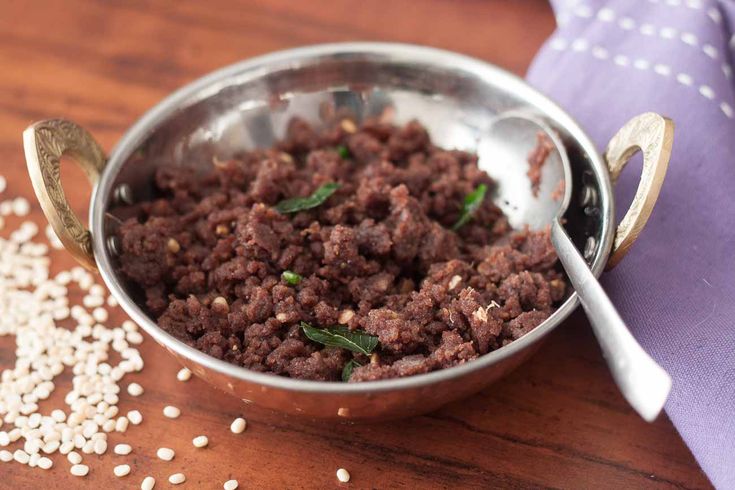 This cake doesn’t use any sugar, maida or eggs – it’s perfect!
This cake doesn’t use any sugar, maida or eggs – it’s perfect!
34. Ragi Dates Laddu
Made from two super foods – ragi and dates – these laddus are more health food than dessert! Make them with 100% organic ragi flakes for more wholesome nutrition.
35. Ragi Coconut Burfi
No Indian festival is complete without some kind of burfi. For the upcoming festivities, why not try this chewy ragi coconut burfi from Blend with Spices? It’s sure to be a welcome change!
If you’re wondering how you can get ragi powder to make these ragi recipes, check out our recipe for homemade ragi powder for babies. If you don’t have the time or facility to make it yourself, don’t worry! You can buy 100% organic ragi flour, free from chemicals, pesticides and added flavors, directly from our store. Here are some more ragi products that you can stock in your kitchen
- Sprouted Ragi Powder
- Sprouted Ragi Malt Drink
- Instant Sprouted Ragi Mix
- Instant Ragi Dosa Mix
Some children can have trouble digesting ragi, so always follow the 3-day rule when introducing any new food. Once they’re in the clear, you an go ahead and whip up new ragi recipes every day!
Once they’re in the clear, you an go ahead and whip up new ragi recipes every day!
If your baby has recently started on solids, you might also be wondering what kind of feeding chair is best for your baby. Check out our detailed post – High Chair Vs Booster Seat: Your Ultimate Guide to Buying a Feeding Chair.
Buy Healthy Nutritious Baby, Toddler food made by our own Doctor Mom !
Shop now!🎖▷ Why you don't have to worry about weight gain with Lamictal
psychology
6,269 2 minutes read
If you're worried that taking Lamictal (lamotrigine) might cause weight gain, there's good news. It probably won't affect your weight much. If anything, you're more likely to lose weight due to Lamictal than gain weight, but either way, the changes are likely to be pretty small.
The effect of Lamictal on weight has been little studied and various clinical trials have found minimal effect. In fact, some researchers even considered the drug as a possible remedy for obesity and as a remedy for overeating. This information should be reassuring for people with bipolar disorder, as many of the medications used to treat this condition can cause weight gain. nine0003
This information should be reassuring for people with bipolar disorder, as many of the medications used to treat this condition can cause weight gain. nine0003
Lamictal findings and weight gain or loss
Lamictal is an anticonvulsant that can be used to treat seizures such as epilepsy. It is also used as a mood stabilizer for bipolar disorder.
In the first clinical trials with the drug, 5 percent of adults with epilepsy lost weight while taking Lamictal, while 1 to 5 percent of patients with bipolar I disorder gained weight while taking the drug. The researchers do not disclose how much weight patients have gained or lost. nine0007 Meanwhile, a 2006 study comparing the effects on weight of Lamictal, lithium, and placebo found that some Lamictal-treated patients gained weight, some lost weight, and most remained about the same weight. Weight changes are usually not many pounds anyway. Obese patients taking Lamictal lost an average of four pounds, while the weight of non-obese patients remained virtually unchanged.
Relationship between weight gain and other bipolar drugs
Weight gain from medications used to treat bipolar disorder is unfortunately quite common. Some mood stabilizers commonly used for bipolar disorder, especially lithium and Depakote (valproate), carry a high risk of weight gain.
In addition, the atypical antipsychotics Clozaril (clozapine) and Zyprexa (olanzapine) tend to cause significant weight gain in people who take them. Finally, some antidepressants, notably Paxil (paroxetine) and Remeron (mirtazapine), have been associated with weight gain. nine0007 Therefore, if you are already overweight, you and your psychiatrist may want to consider additional weight gain when determining your bipolar medication regimen. Based on this, Lamictal may be a good choice.
Lamictal as a possible treatment for obesity
Lamictal has also been studied as a possible treatment for obesity in people without epilepsy or bipolar disorder.
In a small clinical study of 40 people conducted in 2006, researchers randomly assigned participants to receive either lamiktal or placebo for up to 26 weeks. Each participant in the study had a body mass index (BMI) between 30 and 40, placing them in the obese group to the level of severe obesity. Those who took Lamictal lost an average of just over 10 pounds. Those who took the placebo lost about 7 pounds in the meantime, so while those who took Lamictal lost more weight, they didn't lose all that much more. nine0007 Another study in 2009 looked at Lamictal as a remedy for overeating. This study involved 51 people with the condition that 26 of them received Lamictal, and 25 - placebo.
Those who took Lamictal lost more weight than those who took placebo (about 2.5 pounds vs. about one third of a pound) and did have significant improvements in blood sugar and cholesterol lab test results. However, Lamictal did not appear to affect other aspects of the eating disorder when compared to placebo. nine0003
TAGS
LAMICTALBESTALECHEVASHAVAMOVALLY SUPPOUTIONALICALY
Back to Top Button
🎖 why you do not need to worry about increasing weight from Lamictal
6,269 2 minute
can lead to weight gain, there is good news. It probably won't affect your weight much. If anything, you're more likely to lose weight due to Lamictal than gain weight, but either way, the changes are likely to be pretty small. nine0007 The effect of Lamictal on weight has been little studied, and various clinical trials have found minimal effect. In fact, some researchers even considered the drug as a possible remedy for obesity and as a remedy for overeating. This information should be reassuring for people with bipolar disorder, as many of the medications used to treat this condition can cause weight gain.
It probably won't affect your weight much. If anything, you're more likely to lose weight due to Lamictal than gain weight, but either way, the changes are likely to be pretty small. nine0007 The effect of Lamictal on weight has been little studied, and various clinical trials have found minimal effect. In fact, some researchers even considered the drug as a possible remedy for obesity and as a remedy for overeating. This information should be reassuring for people with bipolar disorder, as many of the medications used to treat this condition can cause weight gain. Lamictal findings and weight gain or loss
Lamictal is an anticonvulsant drug that can be used to treat seizures such as epilepsy. It is also used as a mood stabilizer for bipolar disorder.
In the first clinical trials with the drug, 5 percent of adults with epilepsy lost weight while taking Lamictal, while 1 to 5 percent of patients with bipolar I disorder gained weight while taking the drug. The researchers do not disclose how much weight patients have gained or lost. nine0007 Meanwhile, a 2006 study comparing the effects on weight of Lamictal, lithium, and placebo found that some Lamictal-treated patients gained weight, some lost weight, and most remained about the same weight. Weight changes are usually not many pounds anyway. Obese patients taking Lamictal lost an average of four pounds, while the weight of non-obese patients remained virtually unchanged.
nine0007 Meanwhile, a 2006 study comparing the effects on weight of Lamictal, lithium, and placebo found that some Lamictal-treated patients gained weight, some lost weight, and most remained about the same weight. Weight changes are usually not many pounds anyway. Obese patients taking Lamictal lost an average of four pounds, while the weight of non-obese patients remained virtually unchanged.
Relationship between weight gain and other bipolar drugs
Weight gain from medications used to treat bipolar disorder is unfortunately quite common. Some mood stabilizers commonly used for bipolar disorder, especially lithium and Depakote (valproate), carry a high risk of weight gain.
In addition, the atypical antipsychotics Clozaril (clozapine) and Zyprexa (olanzapine) tend to cause significant weight gain in people who take them. Finally, some antidepressants, notably Paxil (paroxetine) and Remeron (mirtazapine), have been associated with weight gain. nine0007 Therefore, if you are already overweight, you and your psychiatrist may want to consider additional weight gain when determining your bipolar medication regimen. Based on this, Lamictal may be a good choice.
Based on this, Lamictal may be a good choice.
Lamictal as a possible treatment for obesity
Lamictal has also been studied as a possible treatment for obesity in people without epilepsy or bipolar disorder.
In a small clinical study of 40 people conducted in 2006, researchers randomly assigned participants to receive either lamiktal or placebo for up to 26 weeks. Each participant in the study had a body mass index (BMI) between 30 and 40, placing them in the obese group to the level of severe obesity. Those who took Lamictal lost an average of just over 10 pounds. Those who took the placebo lost about 7 pounds in the meantime, so while those who took Lamictal lost more weight, they didn't lose all that much more. nine0007 Another study in 2009 looked at Lamictal as a remedy for overeating. This study involved 51 people with the condition that 26 of them received Lamictal, and 25 - placebo.
Those who took Lamictal lost more weight than those who took placebo (about 2.










